-
Legacy Member

This is a VERY NICE Civil War Rifled Musket.
Last edited by drm2m; 03-09-2010 at 09:42 PM.
-
The Following 7 Members Say Thank You to drm2m For This Useful Post:
-
03-09-2010 09:08 PM
# ADS
Friends and Sponsors

-
FREE MEMBER
NO Posting or PM's Allowed

Other than the tru-oil on the stock it is very nice. Much better than the average musket on GB. If it has a nice shootable bore, it should bring $1,500.
-
Legacy Member

musketshooter,
Thanks for your thoughts.
It should have occurred to me that there are perhaps three values to consider.
Collector-
Dealer-
Shooter/collector-
I would not shoot a collectable C.W. piece but that is certainly a very
real value perspective for some people.
Personally...I don't consider bore condition a factor for my collectable guns
whether is is Civil war guns or Lugers from WWII or WWI.
That is one of the interesting aspects of this passion...we perhaps see things differently depending on our particular interests.
David
-
-
Good bore ought to add 300-500 to value even if you don't shoot it- rifling is what makes it so much more effective than a smoothbore musket. I shoot mine, not much, but still, it means its servicable! That's got to be worth something. Its also an indicator of how much the previous owners cared for it.
-
-
Legacy Member

-
-
Legacy Member

-
-
Legacy Member

For they that may be interested.
(Click on the bar to enlarge the images.)
These Civil War bullets were found at camp site somewhere in Virginia where I guess a battle happened.
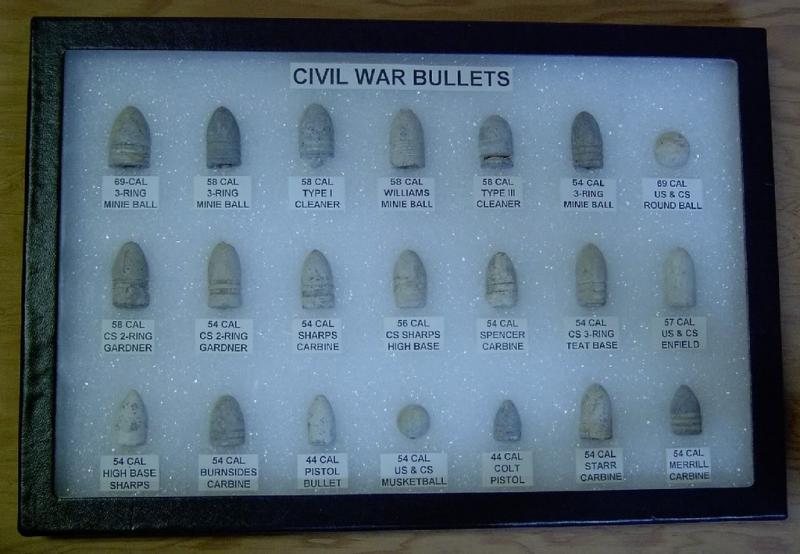
------------------------------------------------------------
The inspector's acceptance stamp shown on the rifled musket above "ESA" is for Erskine S. Allin.
(This photo was taken quickly and definitely not with the right lighting...thus ...the glare.)
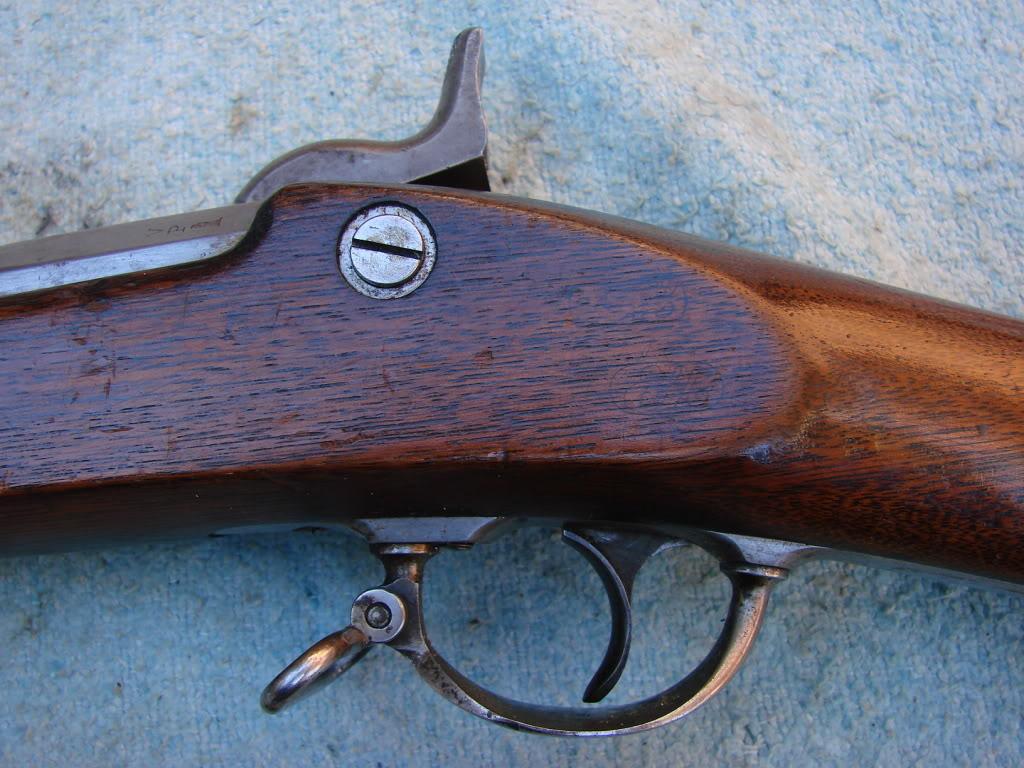
This is a photo of Mr. Allin
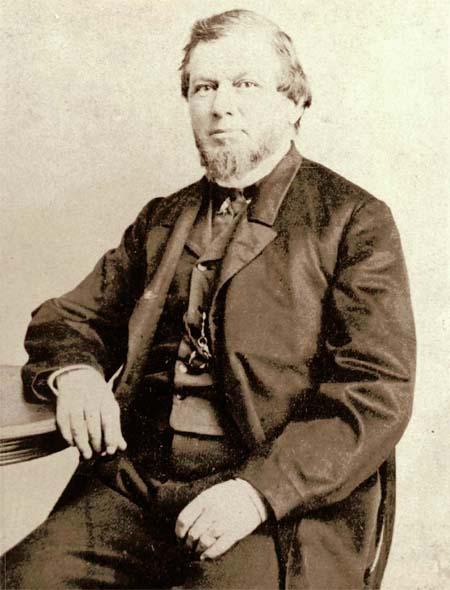
This was his stamp. (As is faintly seen on the gun above.)
Many Civil War guns show his acceptance marking.
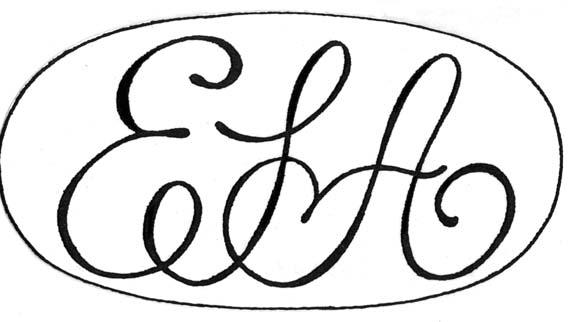
This is part of his story.
Erskine S. Allin
After the Civil War the United States was left with thousands of muzzle-loading percussion muskets. While the barrels of these rifles were perfectly good, technological advance represented by breech-loading rifles firing metallic cartridges, had been put aside while the Nation faced its crisis. With the conclusion of the war the government decided to convert the muzzleloaders into breechloaders. Erskine Allin was one of several individuals who contributed modification designs.
was left with thousands of muzzle-loading percussion muskets. While the barrels of these rifles were perfectly good, technological advance represented by breech-loading rifles firing metallic cartridges, had been put aside while the Nation faced its crisis. With the conclusion of the war the government decided to convert the muzzleloaders into breechloaders. Erskine Allin was one of several individuals who contributed modification designs.
Allin was born February 3, 1809, and began work at the Armory in 1829 as an apprentice in the Water Shops where his father Diah worked as a foreman. He rose through the ranks, and between October 1847 and May 1848 he served as Acting Master Armorer. In 1853 he was appointed permanent Master Armorer.
Allin’s greatest contribution was the development of the “Trapdoor” breech mechanism which could be adapted to the existing muzzle-loading rifles. In competition his design proved to be the most acceptable, and he was requested to convert 5,000 M1861 rifle-muskets to use the new breech. These were known as the M1865s. The next year, after improvements were made in the extractor, 25.000 rifle-muskets were ordered altered. The first rifles built from the start as Trapdoors – not converted from earlier muzszle-loaders – were completed in 1873. Allin retired five years later and died on September 11, 1879. In tribute, the Armory shut down on the day of Allin’s funeral. It is estimated that 250 of the 3000 Armory workers attended the funeral, a testimony of the esteem in which he was held.
SPRINGFIELD ARMORY NHS, US NPS
As Master Armorer, Erskine Allin indicated his acceptance of a completed rifle by the imprint on the stock of the weapon of an oval cartouche bearing his initials. (See above.)
A really nice example of his cartouche.
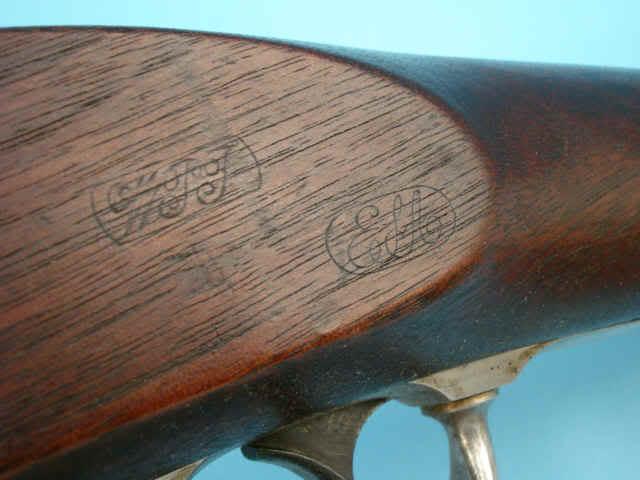 \
\
-------------------
This is another "ESA" cartouche on the stock of a Model 1860 Spencer carbine that I own.
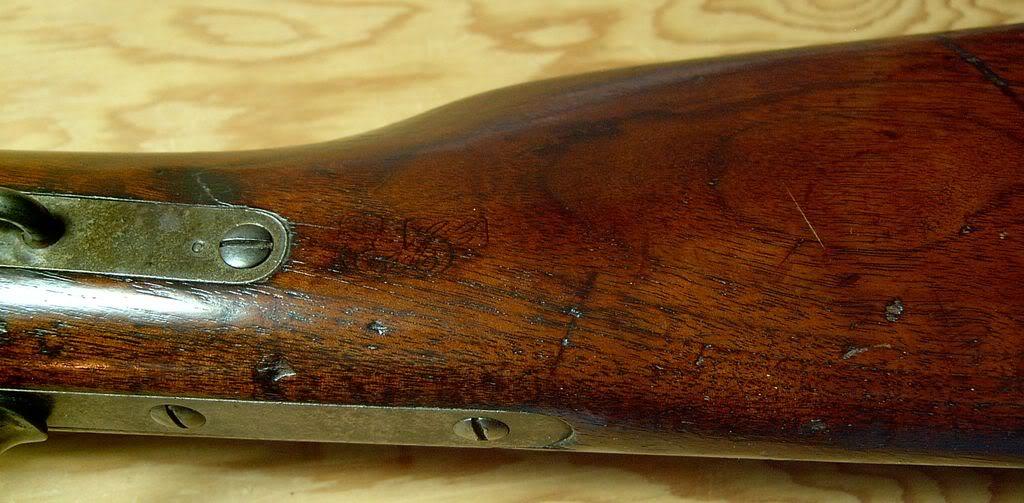

----------------------------------------------------
All U.S. government purchased guns had to be inspected and accepted.
WWI, WWII...and all other U.S. longarms will have inspector's acceptance stamps on the stock.
The more visable it is ...the better.
It is one of the many criteria in assessing the condition ---originality (and value) of the gun.
Later handguns had the inspector's acceptance stamp on the left frame..i.e. Model 1911s and
M1911A1s often with an additional Ordnance stamp.
Example;
M1911A1 pistol, manufactured by Colt in 1942, W. B. marked… inspected by Waldemar Broberg Col. US Army.
Inspector of Ordnance;
Hartford/ Springfield Ordnance District
Army Inspector of Ordnance:
July 1, 1941-Jun.30, 1942
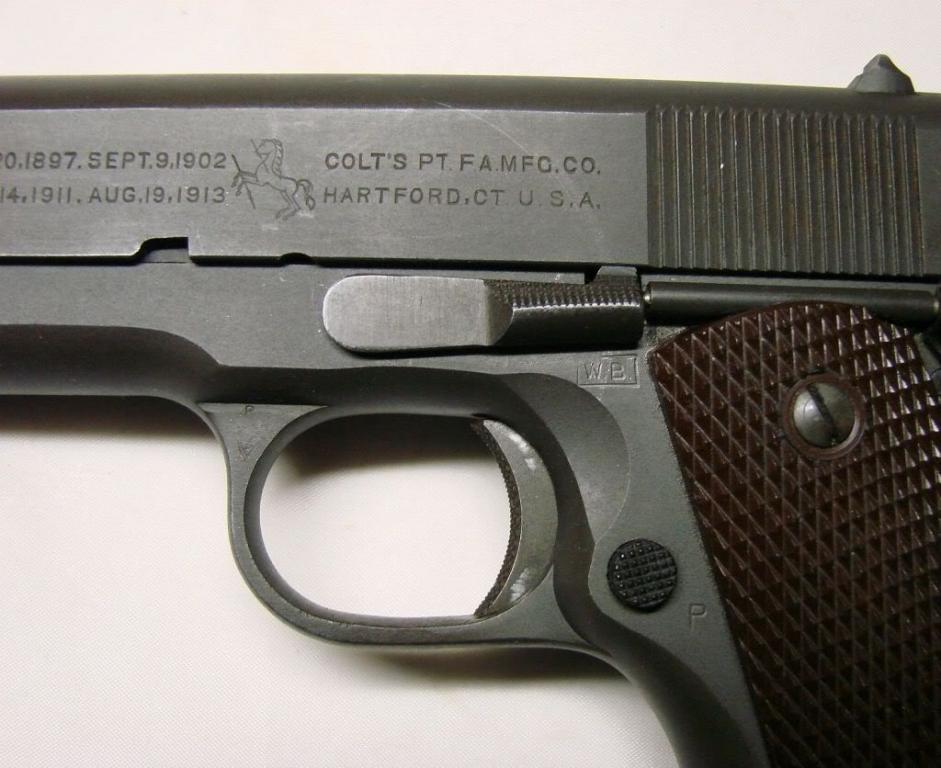
-------------------------------------
Another well known inspector and his marking; (Civil War and Indian War period.)
Inspector’s marking “O.W.A.” (Orville W. Ainsworth) 1831-1870.
Smith & Wesson American 1869, Remington’s, Colt Percussion and conversion revolvers 1831-70.
Orville W. Ainsworth served as an Ordnance Sub-inspector at the Colt plant from mid October, 1873 through November 7, 1874.
It was Ainsworth who actually inspected the guns in the serial range of 200-14,343. This was the block of guns which were used during the height of the Indian wars, including Custer’s famous Last Stand. (June 25th and 26th 1876.)
His acceptance stamp on this Model 1858 Remington New Model Army revolver.
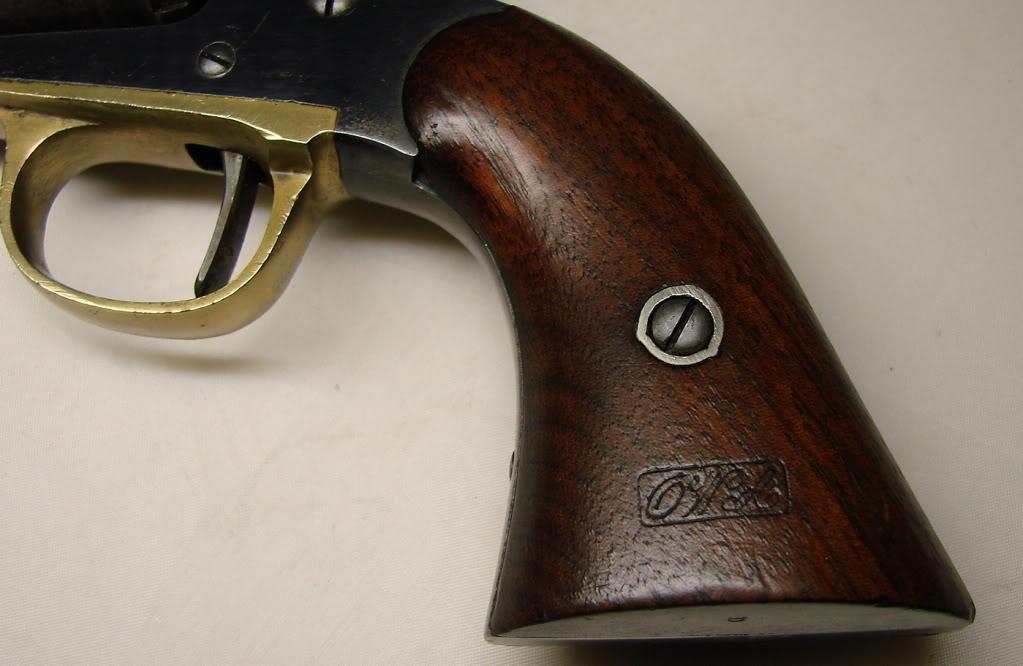
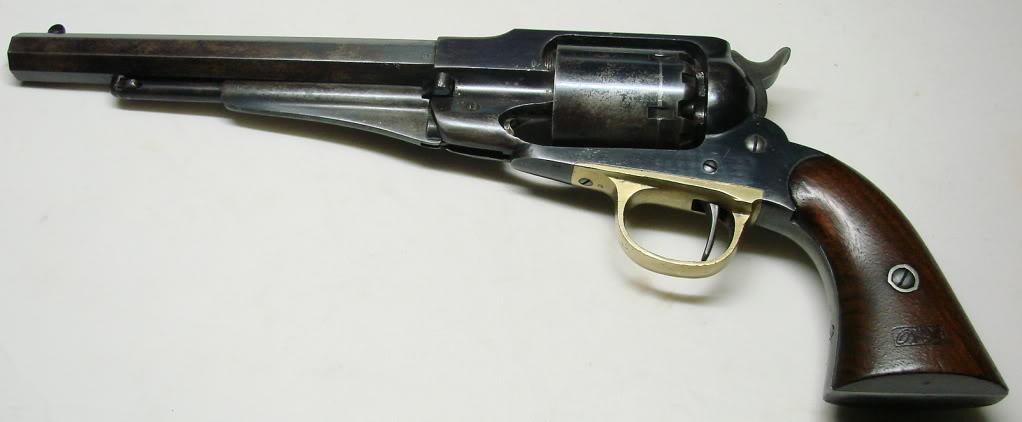
Some other inspection markings on this Remington.
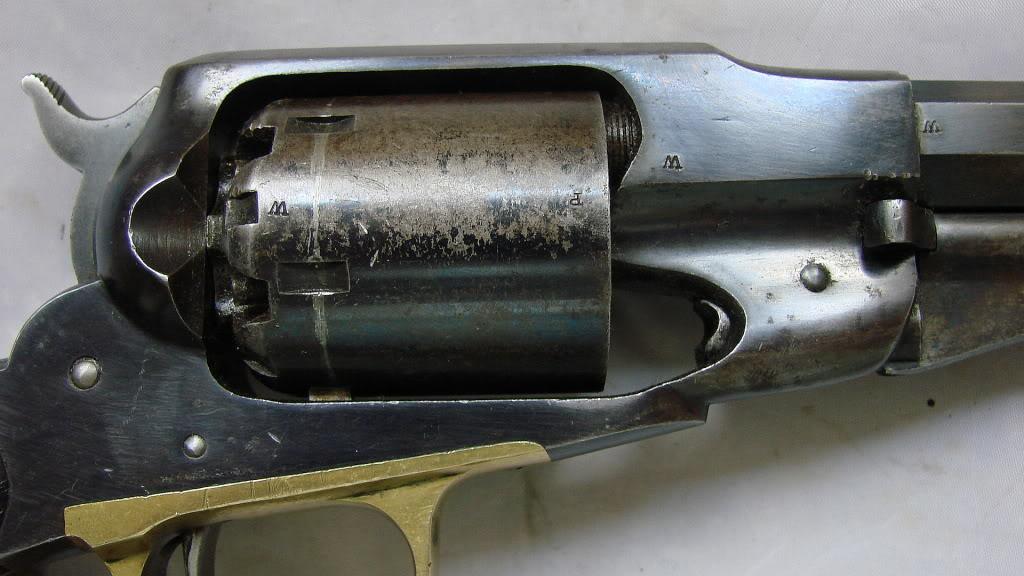
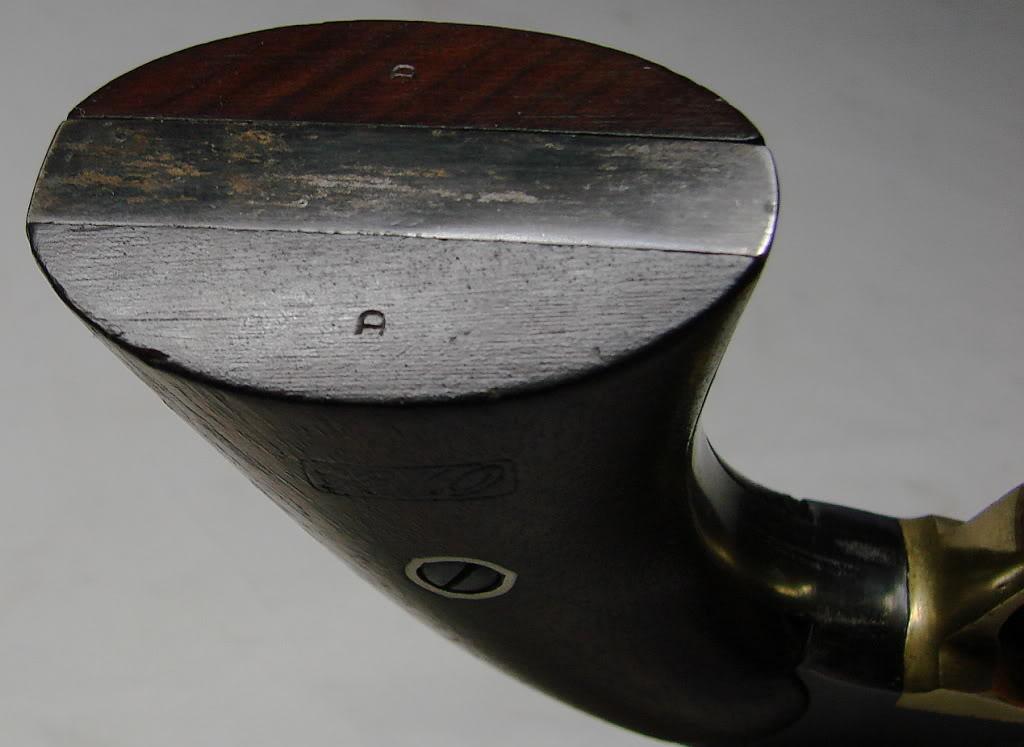
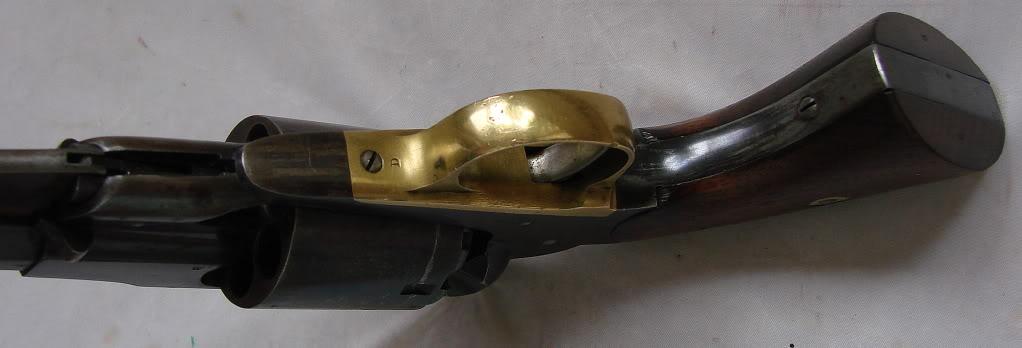
David
Last edited by drm2m; 03-14-2010 at 07:37 PM.
-
The Following 5 Members Say Thank You to drm2m For This Useful Post:
-
Nit and pick, but the front band's on backwards. I reckon you'll correct that once you take it home! The cartridge box is really harder to find in good shape than the rifles, it seems.
-
-
Legacy Member

jmoore,
I appreciate your "nit and pick"...thanks for the heads up...you have a good eye.
I hope I will find myself in the position to correct this as I think both barrel bands are on backwards.
David
-
-
Legacy Member

That is a great set of pictures and a very nice Rifle-Musket. About the only thing I have from that era is a 1855 Bayonet plus a few cartridges.
-















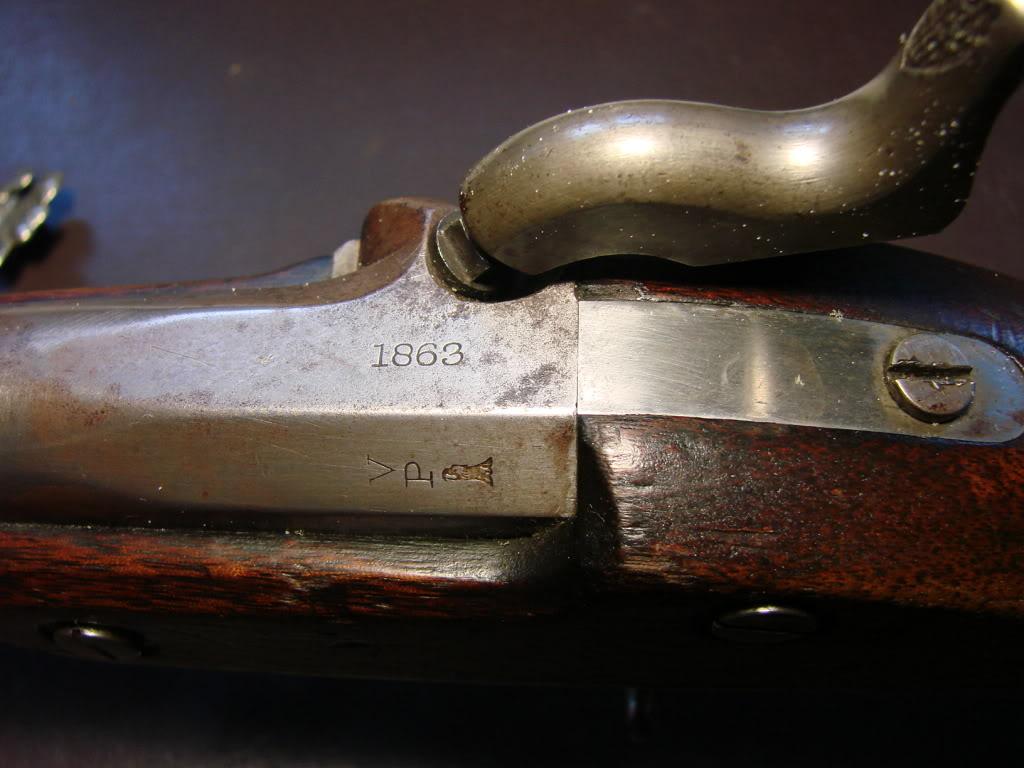
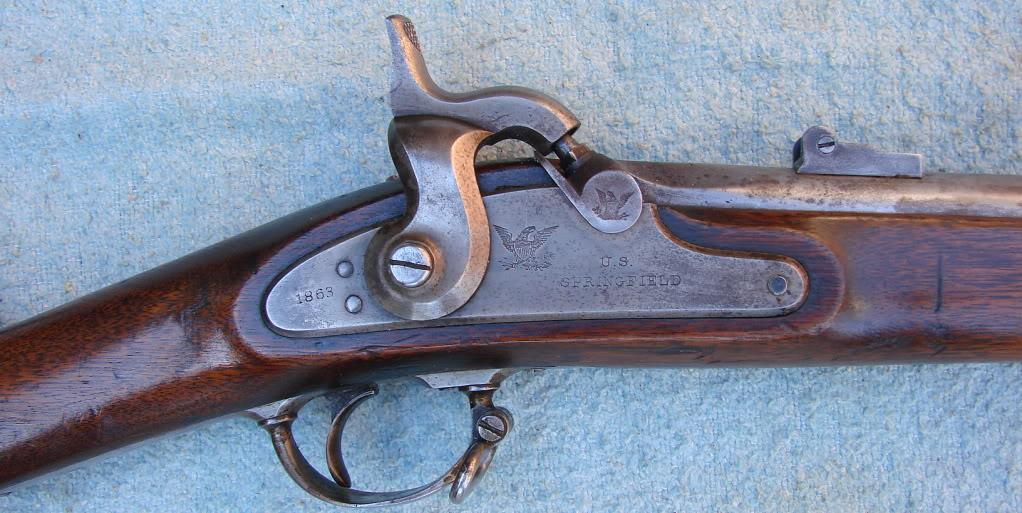

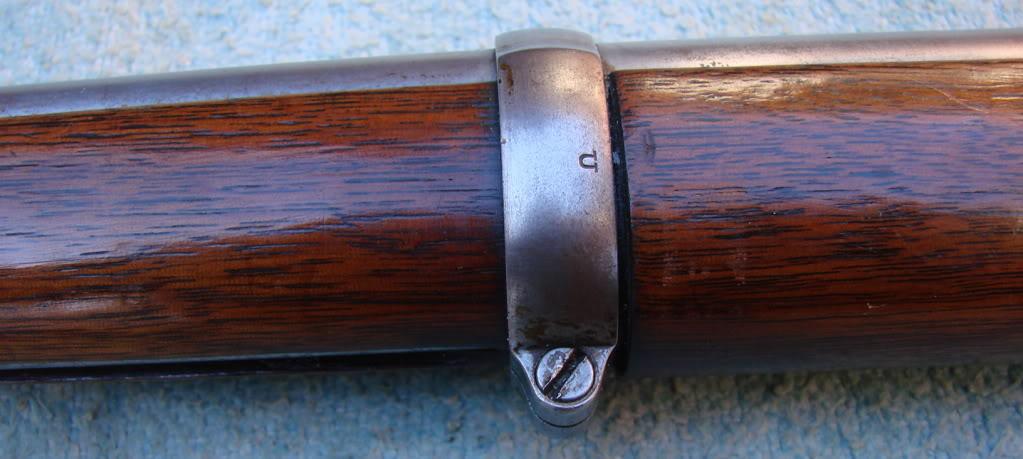



 PM
PM











 That was in 1971... It was a great shooter.
That was in 1971... It was a great shooter. 
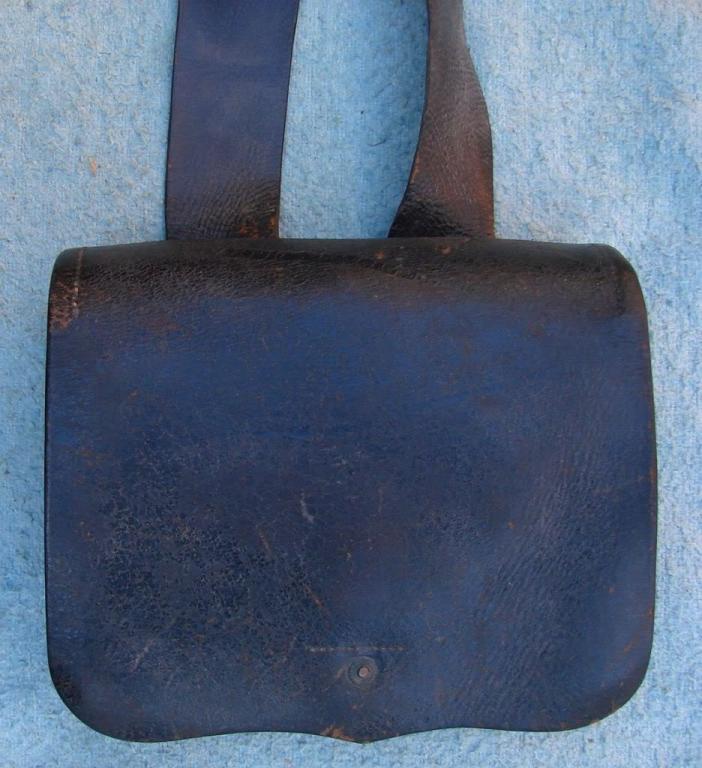
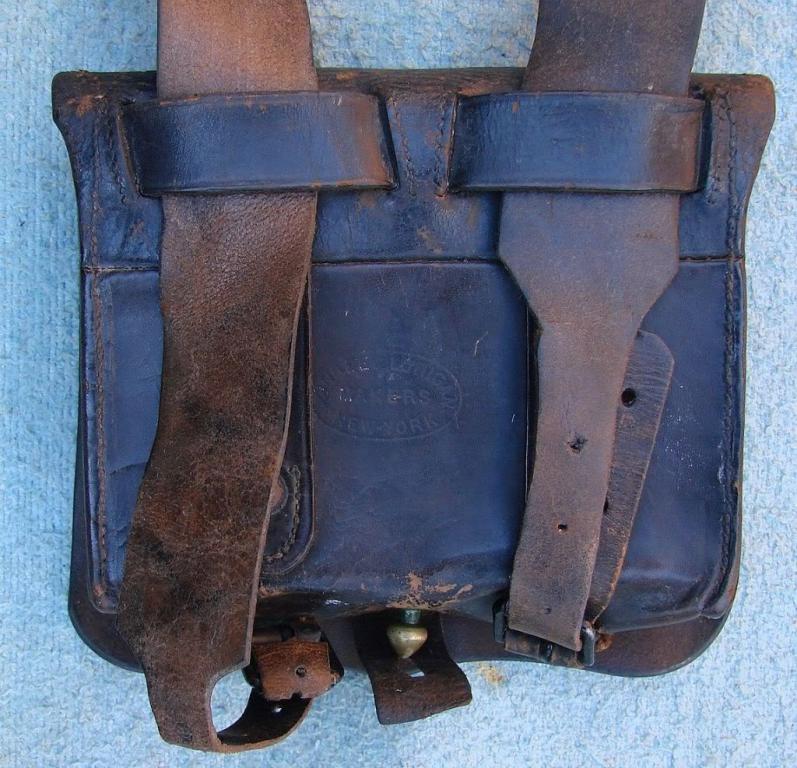
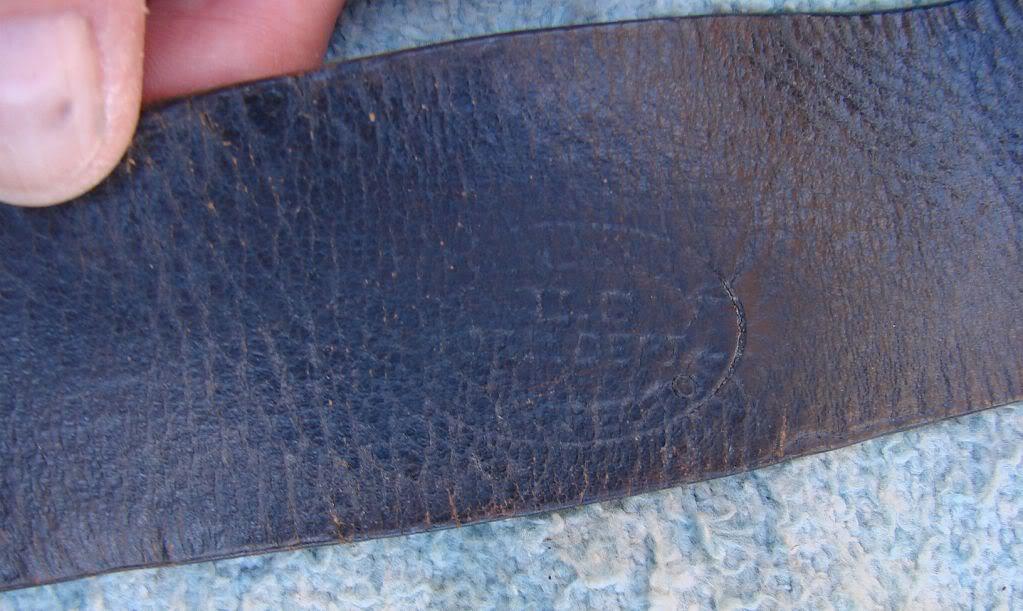
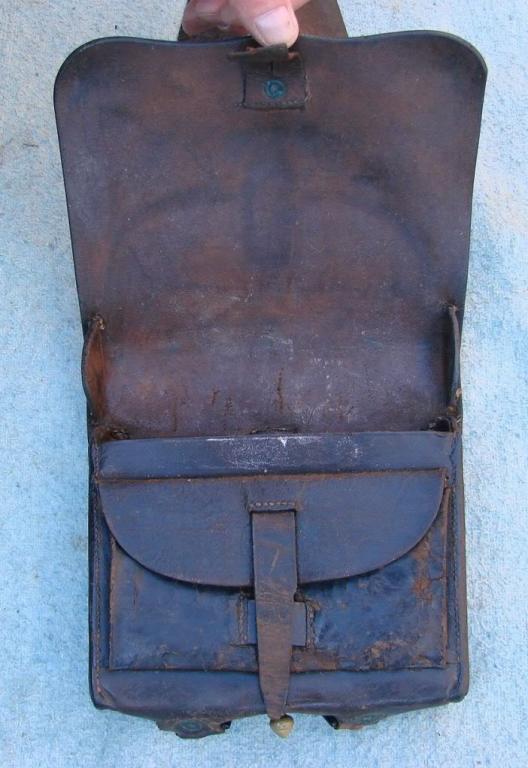
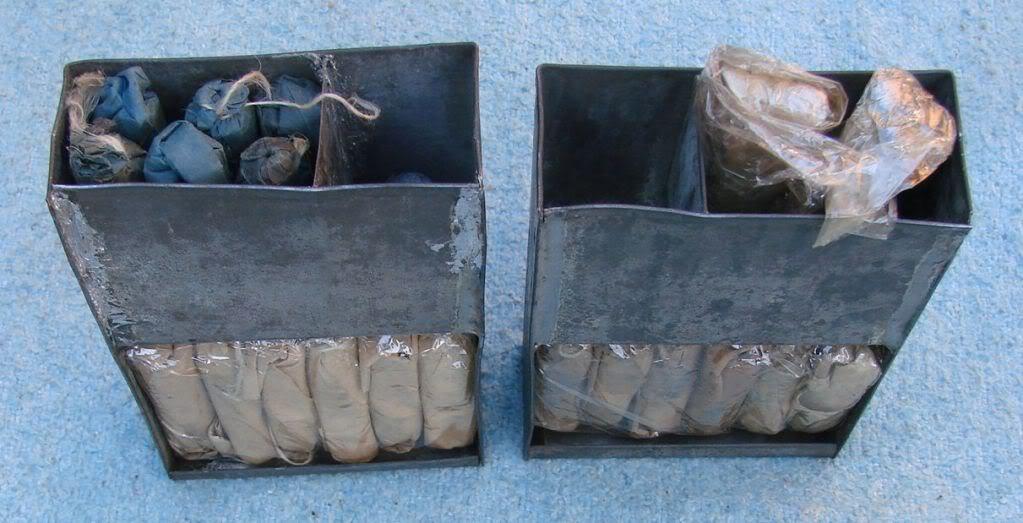
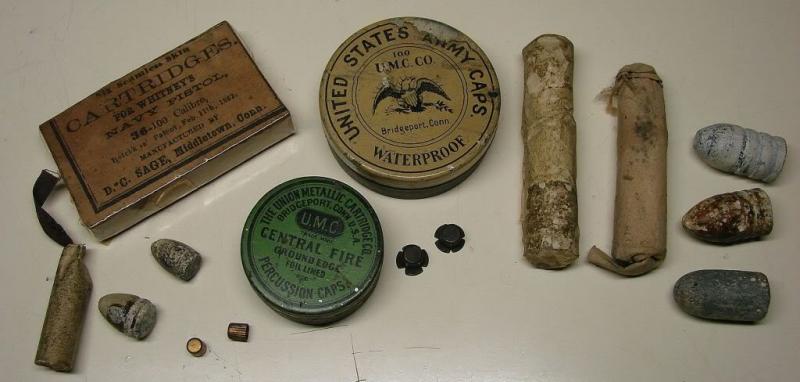

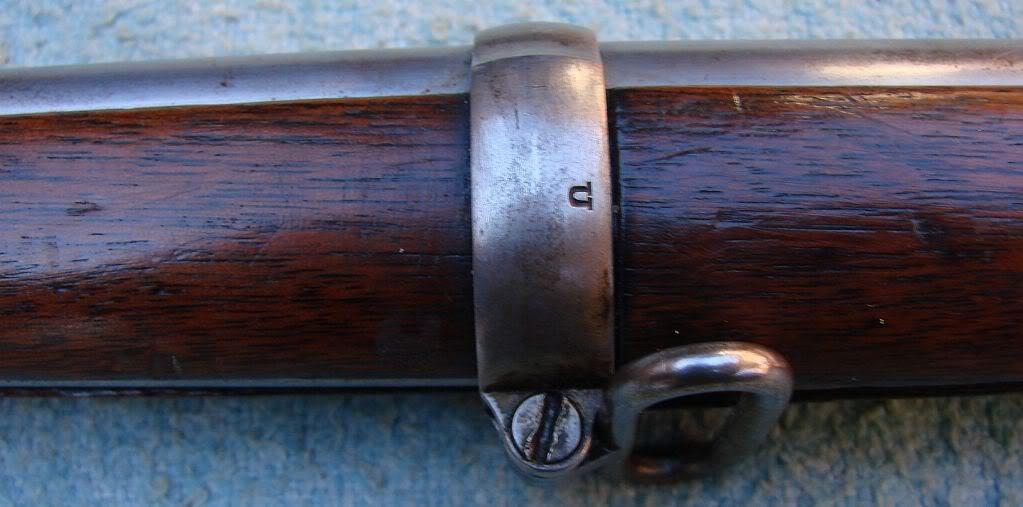
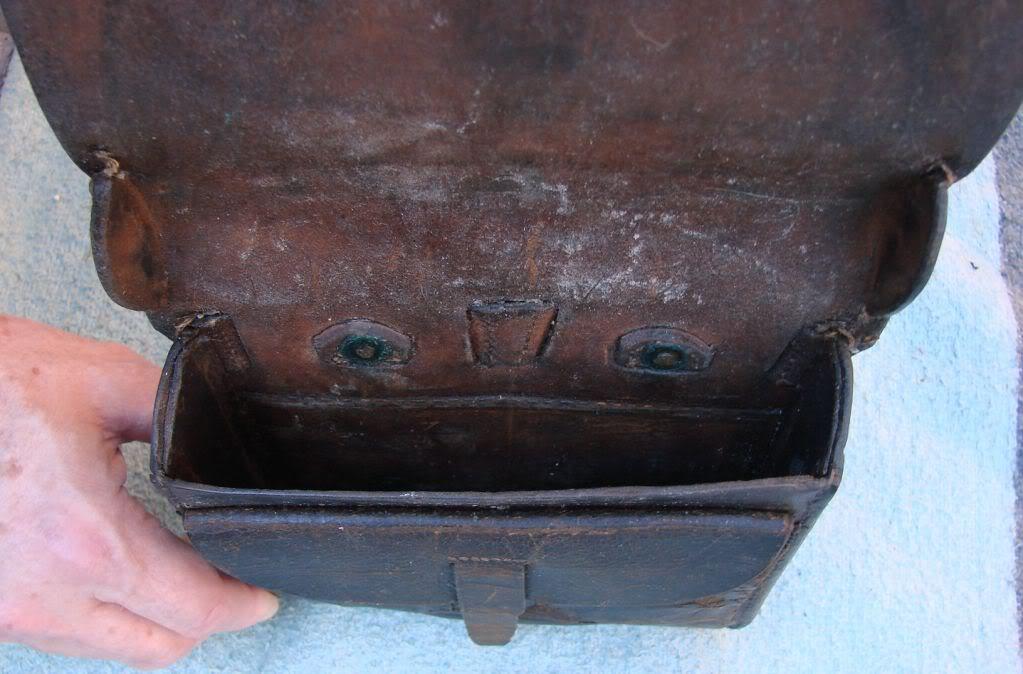
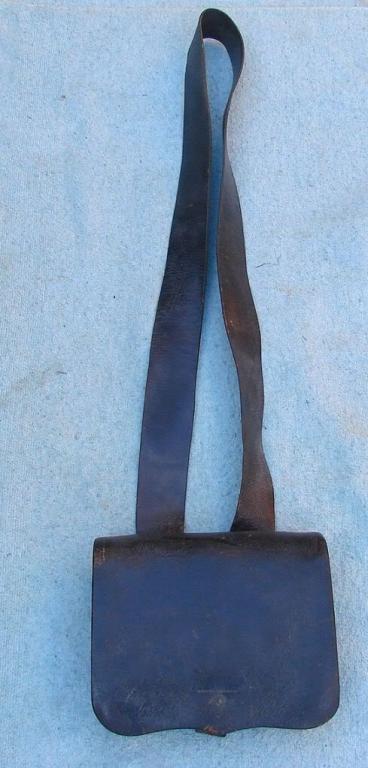
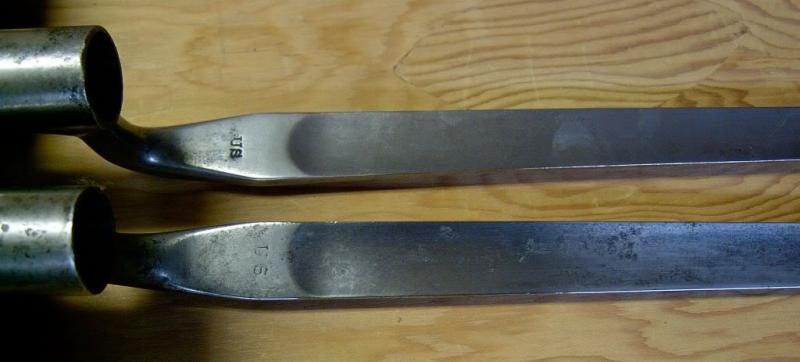
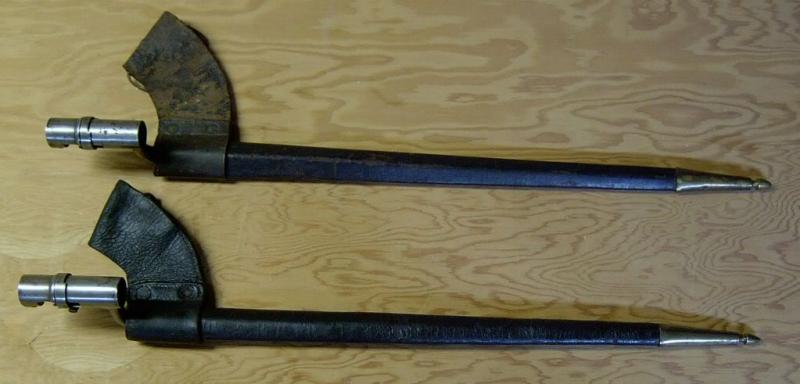

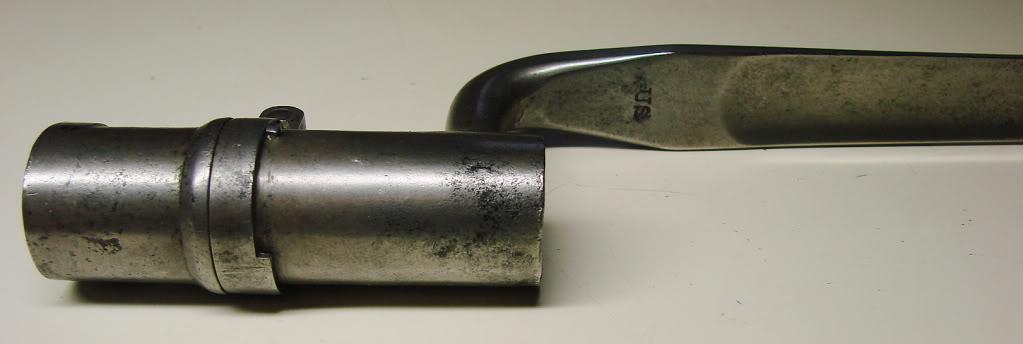



 \
\








